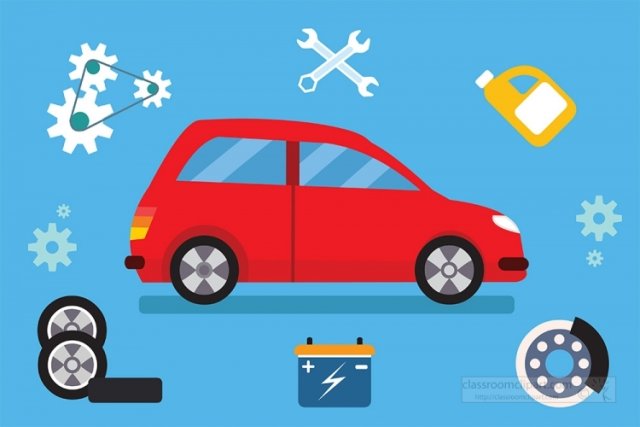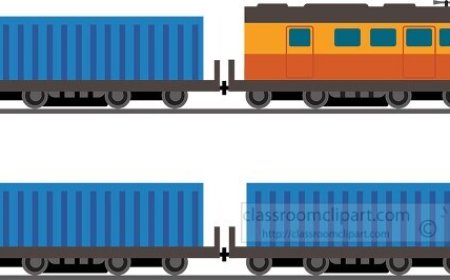What Is a Car? Facts and Features of Automobiles for Kids
Learn what a car is, how it works, and how cars have changed over time. This kid-friendly guide explains engines, types of cars, and car safety tips.

🚗 Car: The Most Popular Way to Travel by Land
Summary:
A car is a small vehicle that people use to drive on roads. Cars are one of the most common ways to travel. They help people go to school, work, stores, and vacations. In this article, you’ll learn what cars are, how they work, who invented them, and how they’re changing in the modern world.
🛣️ What Is a Car?
A car (also called an automobile) is a land vehicle with four wheels and an engine. Most cars are designed to carry 1 to 5 people. They run on roads and have seats, doors, a steering wheel, and windows.
Cars are used for:
- Getting to school or work
- Running errands (like grocery shopping)
- Going on road trips
- Transporting people and small items
Some cars are used by families, while others are used for business, racing, or emergency services.
⚙️ How Do Cars Work?
Cars move using an engine that turns fuel or electricity into energy. This energy powers the wheels to make the car move.
Parts of a Car:
- Engine – Powers the car (gas or electric)
- Steering wheel – Turns the car left or right
- Brakes – Help the car stop safely
- Gas pedal – Makes the car go faster
- Transmission – Controls how power moves to the wheels
Most cars today are automatic, which means the gears shift by themselves while driving.
⛽ Types of Cars
| Type | Description |
|---|---|
| Gas-powered car | Runs on gasoline or diesel fuel |
| Electric car (EV) | Uses a battery and electric motor |
| Hybrid car | Uses both gas and electricity |
| SUV | Larger car with space for families and cargo |
| Sports car | Built for speed and performance |
💡 Did You Know? The world’s first gasoline-powered car was made by Karl Benz in 1885!
🚦 A Short History of the Car
- 1800s – First cars were powered by steam and gas
- 1908 – Henry Ford invented the Model T and the assembly line
- 1950s–2000s – Cars became faster, safer, and more common
- Today – Electric vehicles and self-driving cars are changing the future
Cars have come a long way—and they keep getting smarter and cleaner!
🌱 Cars and the Environment
Cars are helpful, but they also affect the planet.
Challenges:
- Air pollution from gas engines
- Traffic jams and noise
- Oil spills and fuel use
Solutions:
- Electric cars reduce air pollution
- Public transportation and carpooling help reduce traffic
- Recycling car parts saves materials
🚗 Car Safety Tips
- Always wear your seat belt
- Never distract the driver
- Follow traffic lights and signs
- Don’t play near parked or moving cars
- Ride in the back seat if you're under 13
📚 Vocabulary to Know
- Engine – The part of the car that makes it go
- Fuel – Gas or electricity used to power a vehicle
- Hybrid – A car that uses gas and electricity
- Transmission – The system that changes how fast a car moves
- Electric vehicle (EV) – A car powered by a battery
🧠 Think About It!
Would you rather ride in a gas-powered car or an electric car? Why?
🧒 Kid-Friendly Summary
A car is a small vehicle people use to travel on roads. It has four wheels, an engine, and space for passengers. Cars help us go places every day—but new electric cars are helping protect the Earth, too!























































